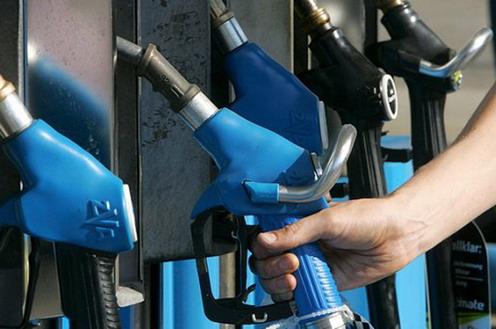The largest year-on-year fall in the CPI is due to a sharper fall in energy prices, especially electricity. The lower increase in service prices also had an effect, to a large extent due to the impact caused by the different Easter calendars in 2015 and 2016. In month-on-month terms, the general CPI rose by 0.7% in April, 0.2% less than in the same month of last year.
Energy product prices in April posted a year-on-year decline of 15.1%, 0.3% lower than in March. This greater decline was due to electricity prices, the fall of which increased by four points to -18.2%. In turn, the year-on-year rate posted by solid and liquid fuel prices rose by one point to -14.2% due to a lesser decline by its two components: gas, the year-on-year rate of which rose from -13.8% in March to -13.2% in April; and liquid fuels and lubricants, for which the year-on-year price drop slowed by 1% to -13.4%.
Inflation on food in April stood at 1.8%, three-tenths higher than the figure in March. This increase is due in its entirety to non-processed foods, for which the inflation rate rose by 1% to 3.2%. This, in turn, was largely due to the price trend affecting fresh fruit. Meanwhile, processed food prices posted a rate of 1.2% in April, 0.1% lower than in March, driven by a strong increase in the price of oils and fats (15.3%) and of potatoes and potato products (14.1%).
Core inflation (which excludes the most volatile elements of CPI, fresh food and energy) fell by 0.4% in April to 0.7%. This was mainly due to a 0.6% slowdown in the increase of service prices to 0.8% year-on-year. This decrease in the inflation rate of services is the result of the divergent performance of its component parts. Inflation rates for university education (zero) and urban public transport (-0.6%) remained largely unchanged, while interurban public transport and tourism and hotel and catering inflation rates fell by 2.7% and 1.7%, respectively, to -2.3% and -0.1%. These decreases have a significant seasonal component due to the fact that Easter fell in April last year. The other two components of core inflation - processed food and non-energy industrial goods (NEIG) - remained almost unchanged compared with March, at 1.2% and 0.5%, respectively.
In month-on-month terms, the CPI grew by 0.7% in April, 0.2% less than in the same month of 2015. All the main components of the general CPI contributed to this increase except services, the prices of which fell slightly (-0.2%). It is worth noting in this group the decrease posted by the tourism and hospitality component, especially the heading of organised travel, which fell by 10.6% month-on-month compared with a rate of 1.1% in April 2015 due to the different Easter calendar this year. From among the other groups, NEIG prices posted a month-on-month rate of 2.8% in April, 0.1% lower than the rate posted last year, and food prices rose by 0.2% due to non-processed food (0.5%). Meanwhile, processed food prices have stabilised (zero). In this first group, it is worth highlighting higher fresh fruit and fresh fish prices, compared with the decreases posted last year.
The year-on-year CPI rate in April fell in every autonomous region. Six regions posted rates lower than the national average: Castile-La Mancha (-1.5%), the Region of Valencia, Cantabria and Castile-Leon (all at -1.3%), and Galicia and Aragon (with inflation at -1.2%). Among the regions posting higher rates than the national CPI, the Basque Country (-0.7%) and Catalonia (-0.8%) posted the highest rates. The year-on-year CPI at constant tax rates for April stands at -1.1%, the same as the general CPI.
The INE also published the harmonised CPI (HCPI) for April, the year-on-year rate of which stands at -1.2% (0.2% lower than in the previous month). If we compare this rate with the rate advanced by Eurostat for the whole of the Eurozone in this month (-0.2%), the inflation differential in Spain's favour remains at one percentage point.
In summary, the year-on-year CPI rate fell by 0.3% in April when compared with March due to a larger decrease in the price of electricity and lower service price inflation. Core inflation fell by 0.4% to 0.7%. The inflation differential in Spain's favour versus the Eurozone remains at one percentage point, with the resulting favourable impact on Spain's competitiveness and exports.





